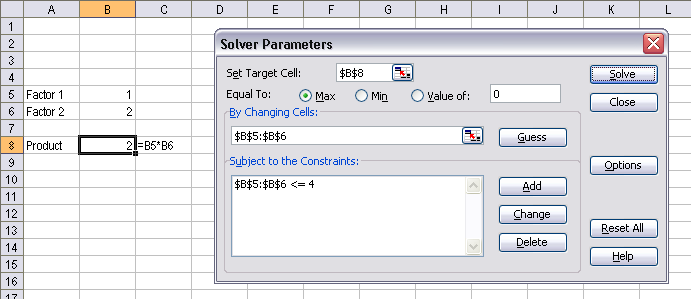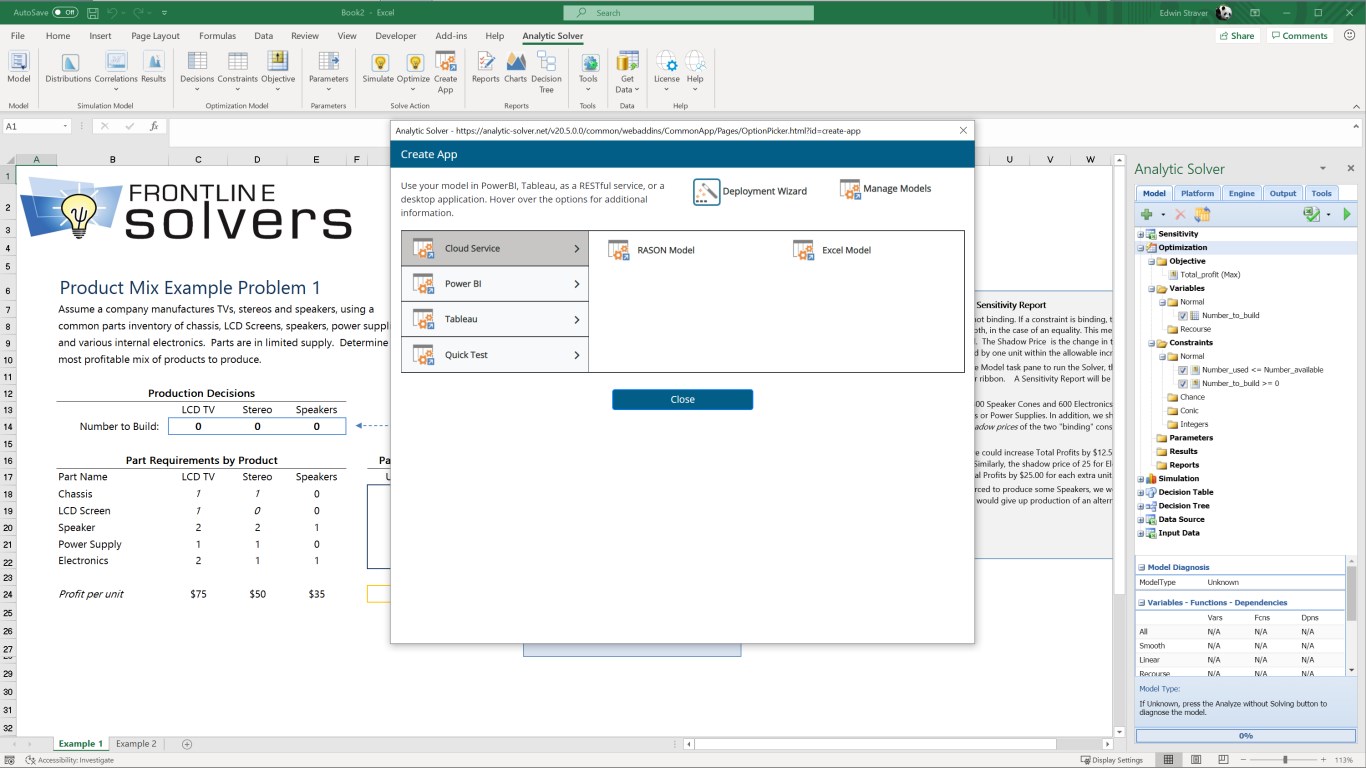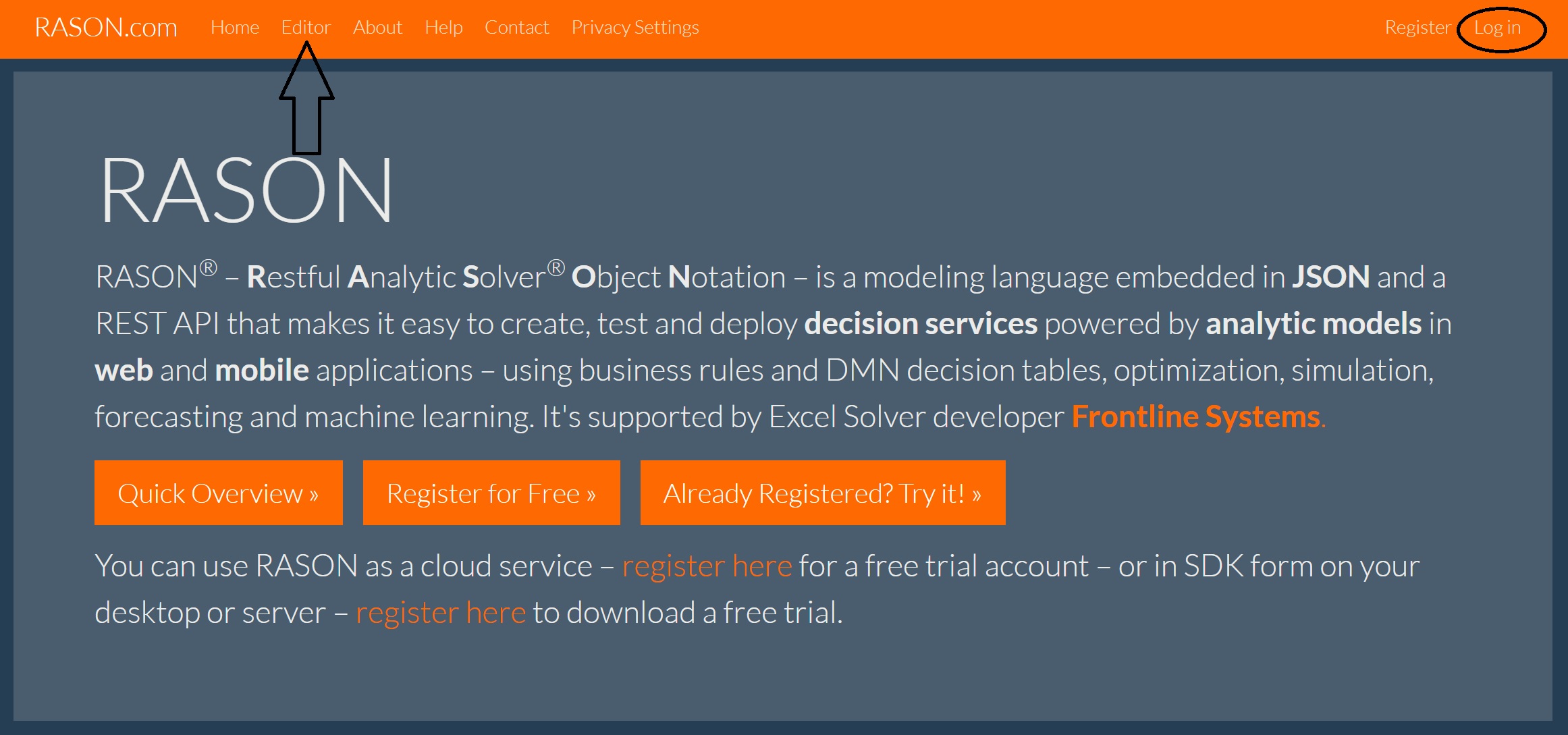

Less exposure to sicker babies has resulted in limited opportunities to maintain expertise for when these babies unexpectedly deliver at their centre and thereafter require transfer for care, to NICU. This has created anxiety for teams in LNU and SCU. With the development of network care pathways, the most premature and sickest are mostly triaged for delivery in services linked to NICU. But even now, simulation optimization with Risk Solver and Premium Solver is far faster and more robust than what's available for competitive Monte Carlo simulation tools for Excel.In England, neonatal care is delivered in operational delivery networks, comprising a combination of the Neonatal Intensive Care (NICU), Local-Neonatal (LNU) or Special-Care Units (SCU), based on their ability to care for babies with different degrees of illness or prematurity. There's much more we could say - and there's much more to come.
Select Tools Premium Solver to display the Solver Parameters dialog, and click the Solve button. Activate Interactive Simulation by clicking the light bulb button on the Risk Solver Ribbon. Solving a simulation optimization model using Risk Solver and Premium Solver is also straightforward. 
These may be cell formulas that depend only on the decision variables, depend on the uncertain variables through PSI Statistics functions, or depend on both.
Define your objective and constraints for optimization. You may use formulas to compute further values based on these summary statistics. In other cells (such as C1), define the summary statistics you want, using functions such as PsiMean(B1) or PsiStdDev(B1). #Frontline solver simulation trial#
Each cell (such as B1) containing a formula that depends on uncertain variables (say =A1+2*A2) represents thousands of trial values, generated during each Monte Carlo simulation by sampling different values for A2 and computing =A1+2*A2. Build your model, using cell formulas that may depend on the decision variables, uncertain variables, or both. These are factors that are not under your control. Define uncertain variable cells (such as A2), that contain formulas calling PSI Distribution functions supplied by Risk Solver - for example PsiUniform() and PsiNormal(). These are factors that are under your control - you (or the Solver) will decide what values they should have. Define decision variable cells (such as A1), using either the Solver Parameters dialog or the PsiVar() function. Defining a Simulation Optimization ModelĬreating a simulation optimization model using Risk Solver and Premium Solver is straightforward. Doing this is usually an order of magnitude faster than in competitive products for simulation optimization. When you click Solve, Premium Solver performs a Monte Carlo simulation through Risk Solver on each Trial Solution of the optimization. And in Premium Solver, you can use these cells in the objective and constraints of your optimization model. You can access these statistics in worksheet cells, with regular Excel formulas calling PSI Statistics functions. Statistics across all the trials are accumulated for each of your uncertain functions. Risk Solver will perform a Monte Carlo simulation with thousands of trials, where a different value is sampled for each uncertain variable on each trial, and your model is recalculated with these values. You can use these uncertain variable cells in any formula in your model, to compute uncertain functions. With Risk Solver, your models include uncertain variable cells defined by probability distributions. PSI Technology™, which makes simulations in Risk Solver up to 100 times faster than using Excel alone, also speeds up the simulation optimization process. You can solve simulation optimization problems at breakthrough speeds - often hundreds of times faster than competitive products - with the combination of Risk Solver and Frontline's Premium Solver or Premium Solver Platform. 
Simulation Optimization at Breakthrough Speed







 0 kommentar(er)
0 kommentar(er)
